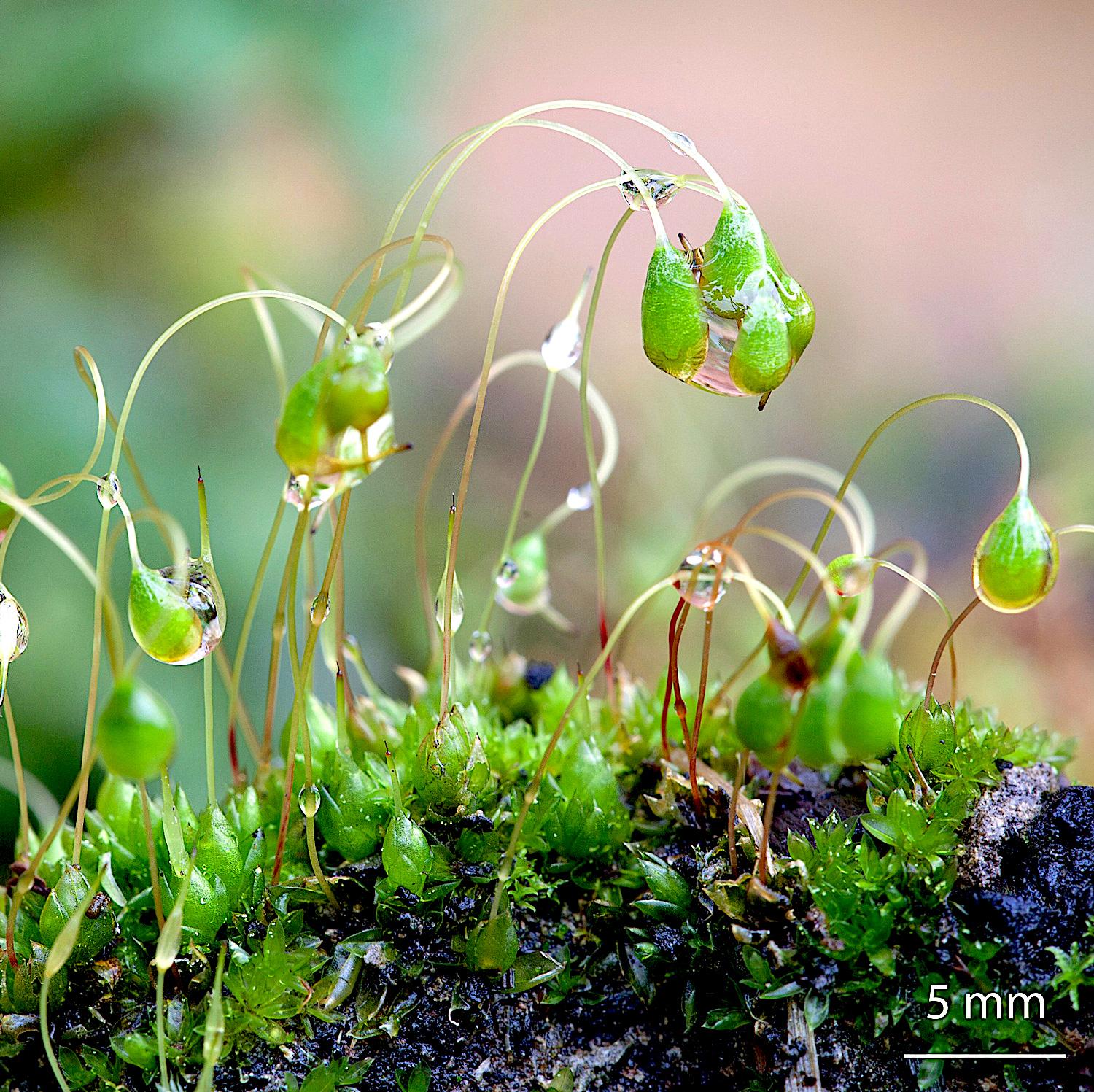
funaria-hygrometrica-moss.jpg from: https://plantstomata.wordpress.com/tag/d-j-paolillo-jr/
Exploring the Fascinating World of Funaria marginata Kindb. Moss
Introduction
Mosses are often overlooked, but they play a vital role in many ecosystems around the world. One particularly interesting species is Funaria marginata Kindb., also known simply as Funaria. This small but mighty moss belongs to the Funariaceae family and has some unique characteristics. In this blog post, we’ll dive into the details of Funaria marginata and explore what makes it so special.
Background
Mosses are non-vascular plants in the division Bryophyta. Unlike other plants, they lack true roots, stems, and leaves. Instead, they have leaf-like structures called phyllids that absorb water and nutrients. Mosses reproduce via spores rather than seeds and are found in a wide range of habitats, from arctic tundra to tropical rainforests.
The Funariaceae family contains around 300 species of mosses, including Funaria marginata. This family is known for the unique shape of its capsules (spore-bearing structures), which resemble tiny pears or vases.
Morphology and Identification
Funaria marginata is a small, annual moss that typically grows in dense clusters or cushions. Its phyllids are ovate to lanceolate in shape and have a distinct border (marginata means “bordered”). The phyllids are light to yellowish-green in color and somewhat translucent.
One of the most distinguishing features of Funaria marginata is its capsule. The capsule is held upright on a tall seta (stalk) and has a small lid called an operculum. When the spores are mature, the operculum falls off to release them. The peristome (toothed structure around the mouth of the capsule) is double, with the outer teeth being longer than the inner ones.
Global Distribution and Habitat
Funaria marginata has a cosmopolitan distribution, meaning it is found on every continent except Antarctica. It grows in a variety of habitats, including disturbed soils, burnt areas, and exposed mineral soils. This moss is often one of the first species to colonize bare ground after a disturbance such as fire or landslides.
In North America, Funaria marginata is found throughout the United States and Canada. It is particularly common in the western states, where it grows in open, dry habitats such as grasslands and chaparral.
Ecological Roles and Adaptations
Like other mosses, Funaria marginata plays an important role in its ecosystem. It helps to stabilize soils, prevent erosion, and retain moisture. Mosses also provide habitat and food for various invertebrates and other small organisms.
Funaria marginata has several adaptations that allow it to thrive in its preferred habitats. Its small size and dense growth form help it conserve water in dry conditions. The translucent phyllids allow light to penetrate deep into the cushion, enabling photosynthesis even in the lower layers.
Additionally, Funaria marginata has a rapid life cycle, allowing it to quickly colonize disturbed areas. The spores can remain dormant in the soil for long periods, germinating when conditions are favorable. Once established, the moss can complete its life cycle in just a few months, producing a new generation of spores.
Conclusion
Funaria marginata may be small, but it is a fascinating and important member of many ecosystems around the world. Its unique morphology, wide distribution, and ecological roles make it a moss worth getting to know. Next time you’re out for a hike, keep an eye out for this little green wonder – you might be surprised at what you discover!